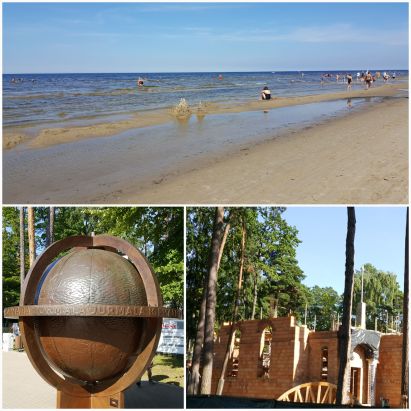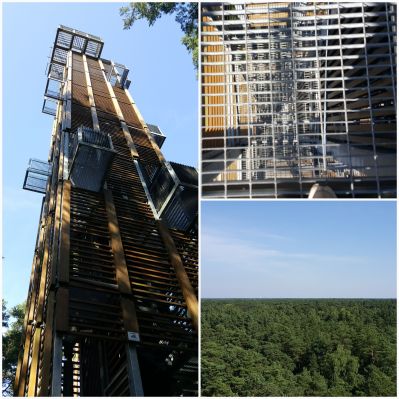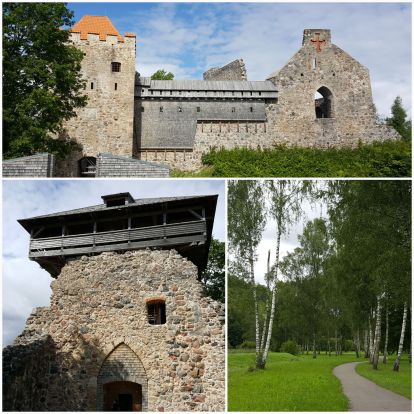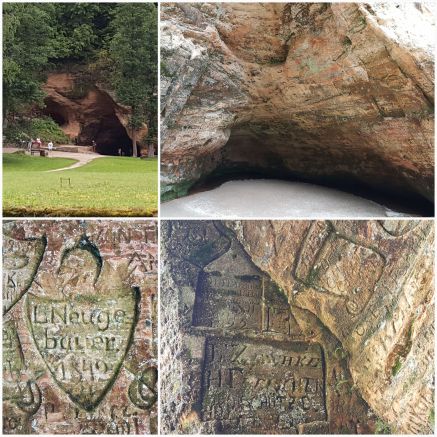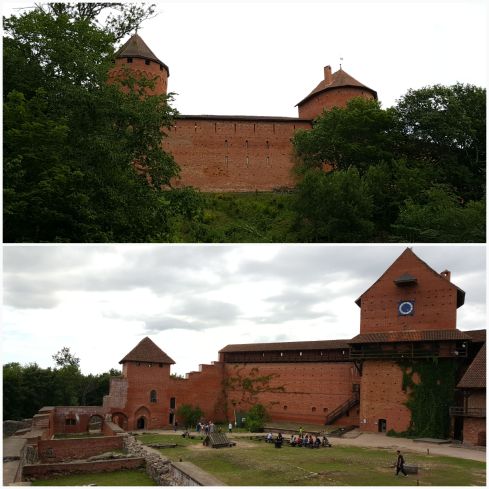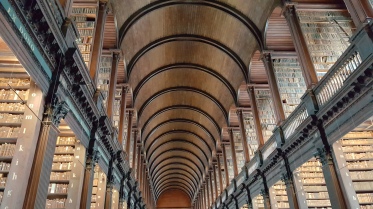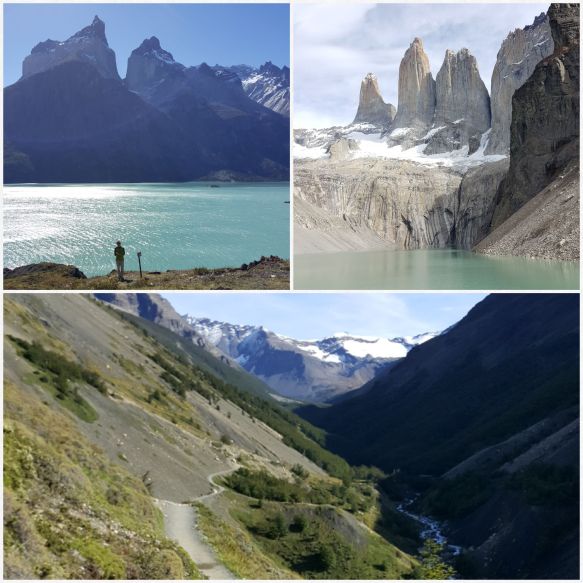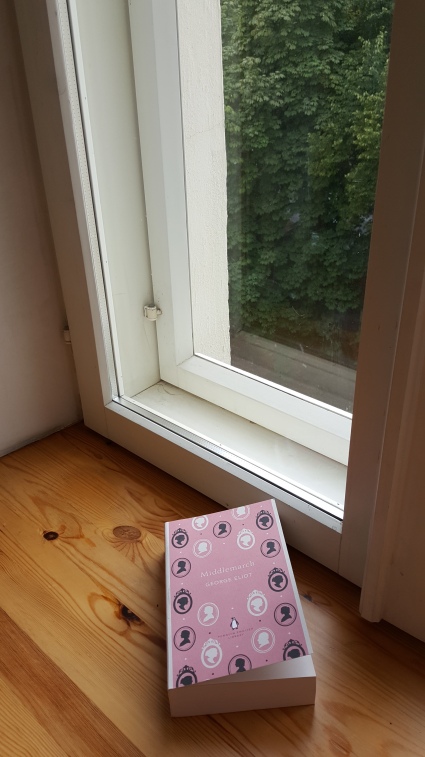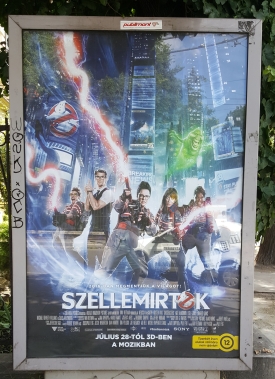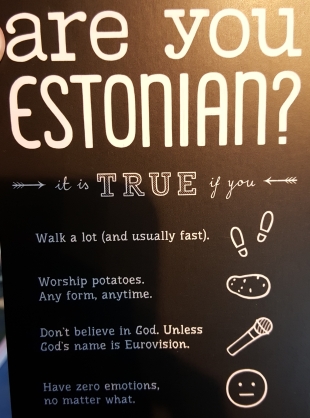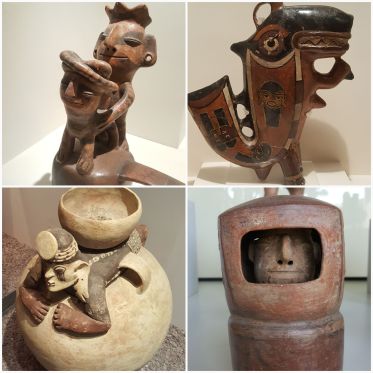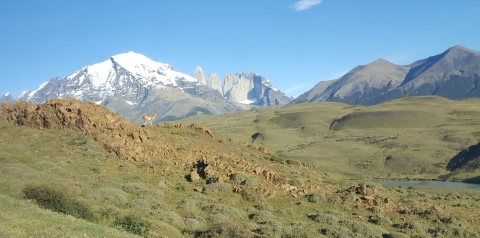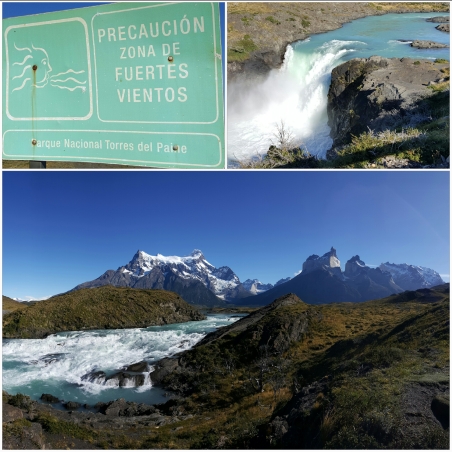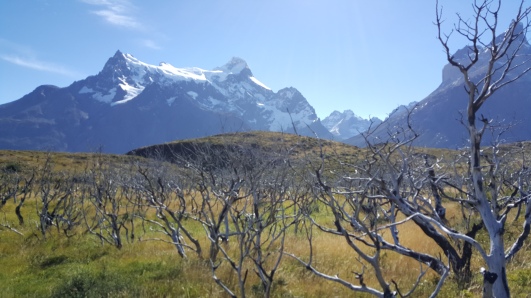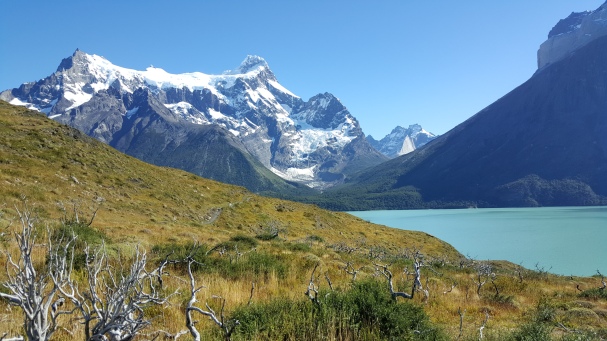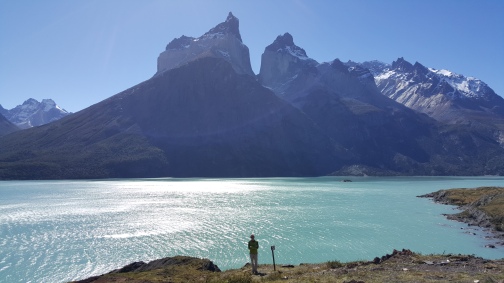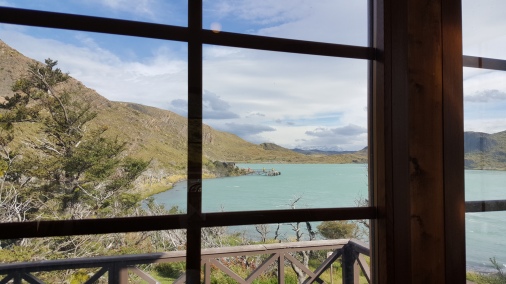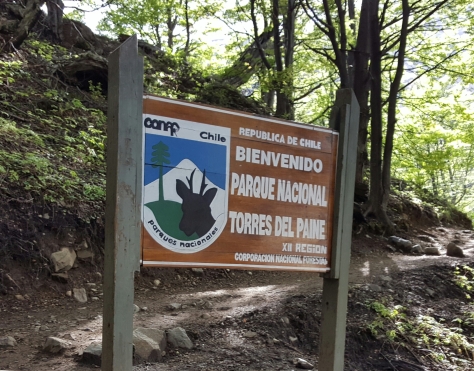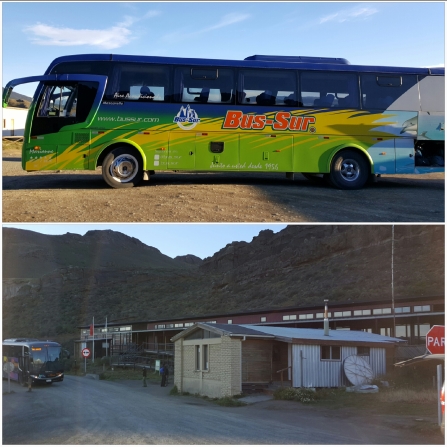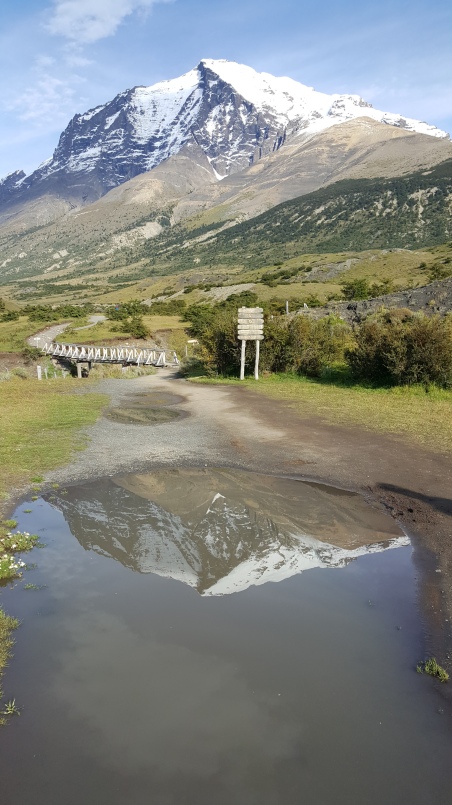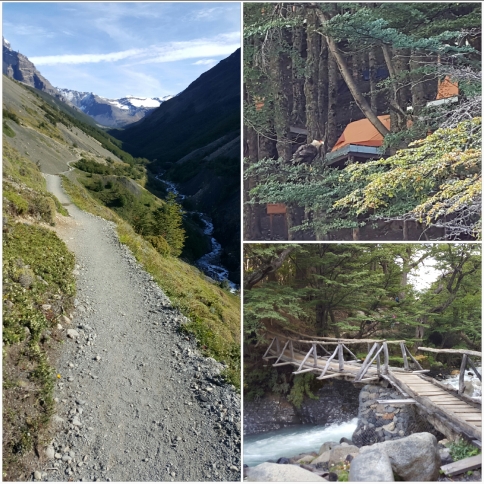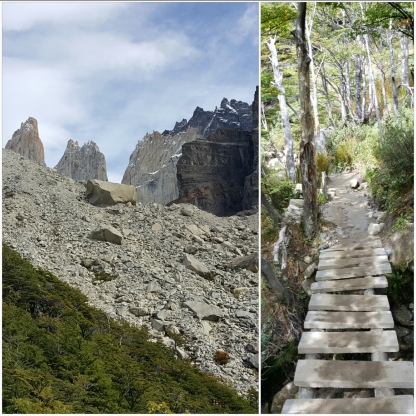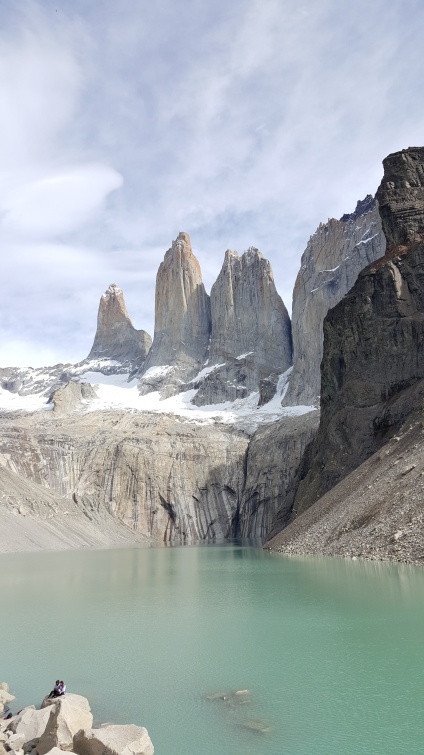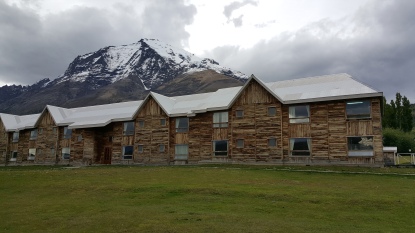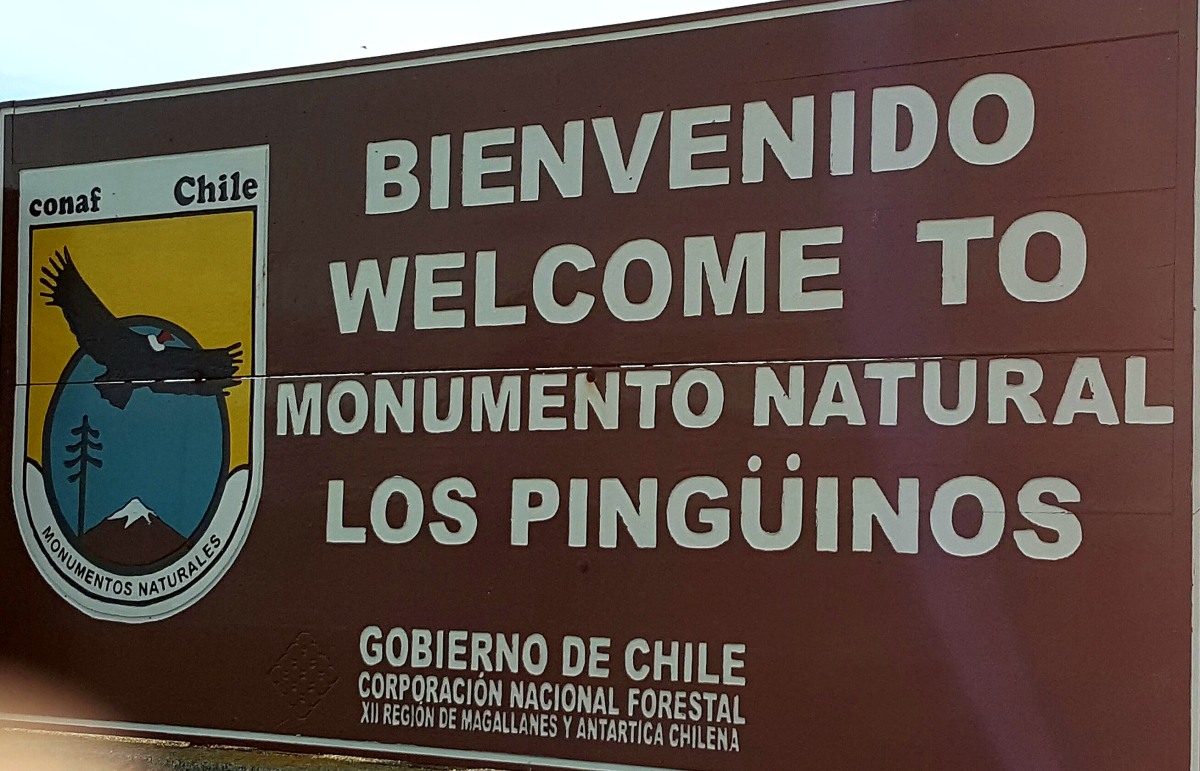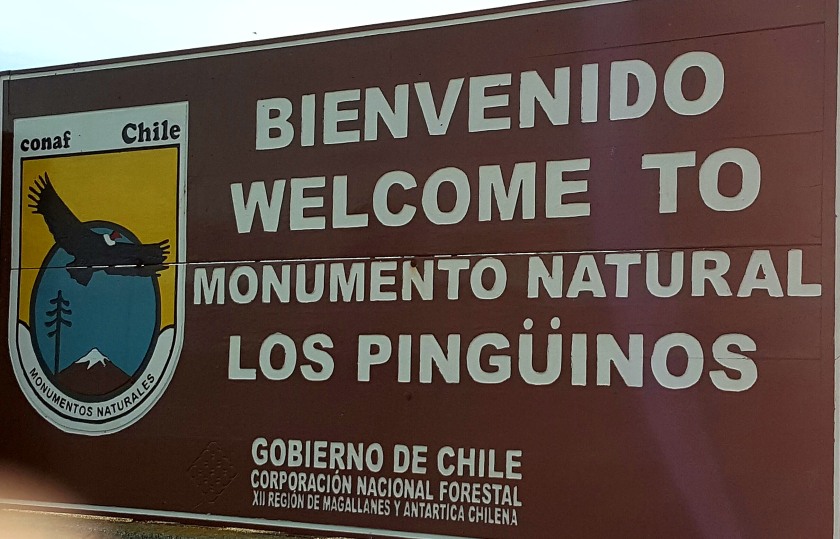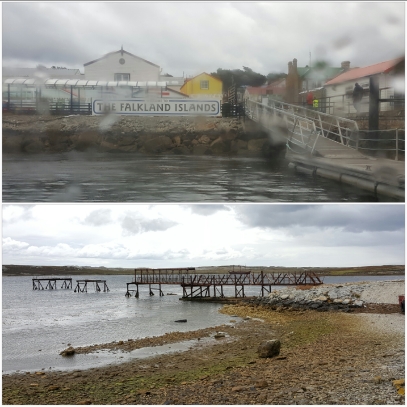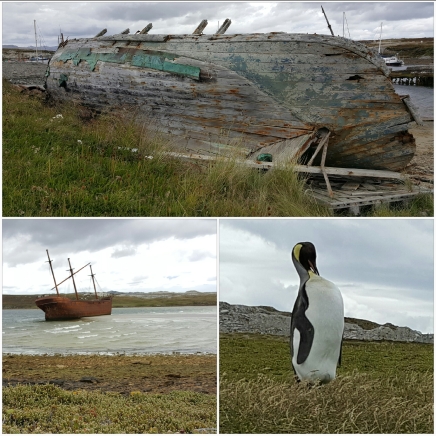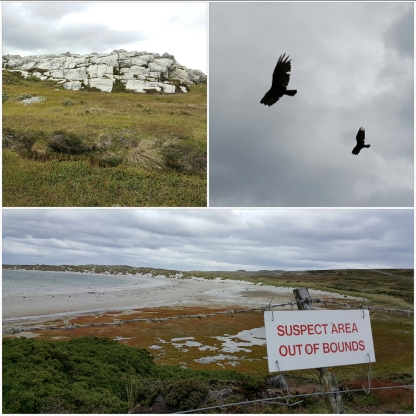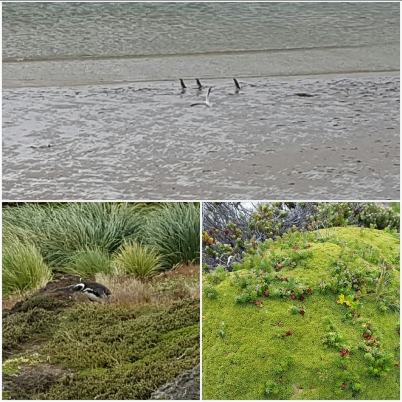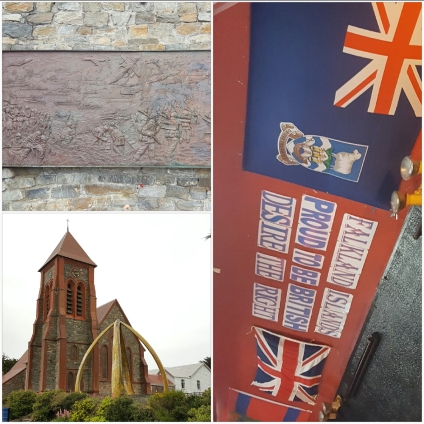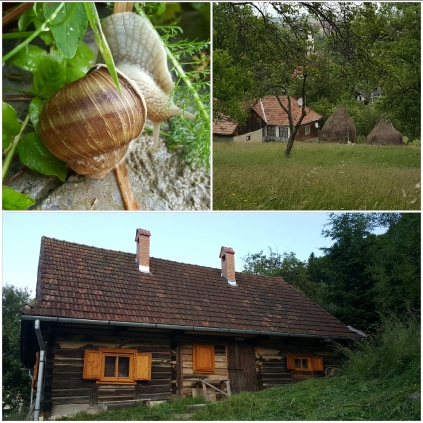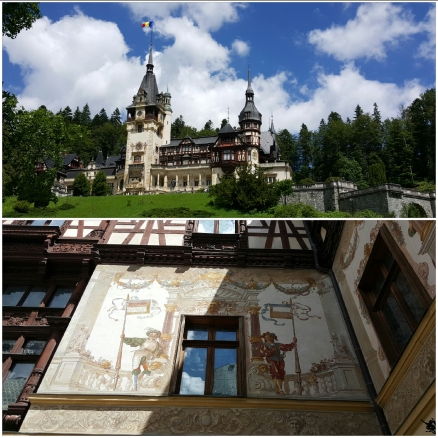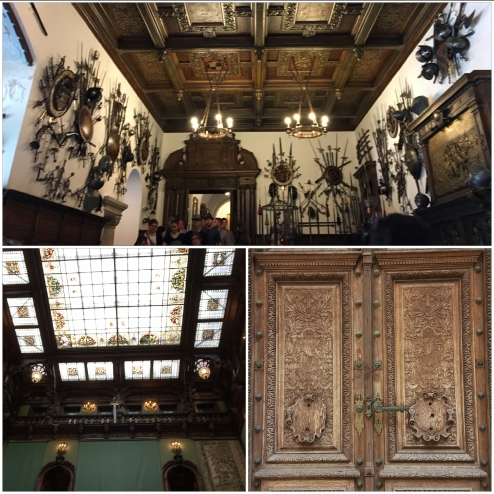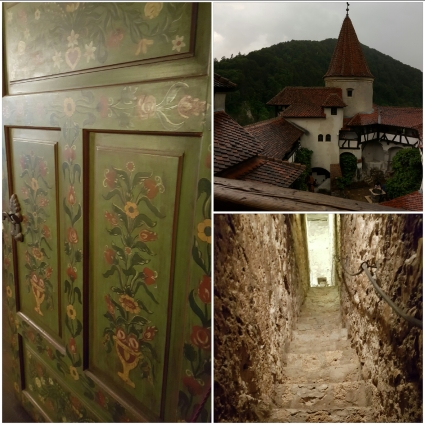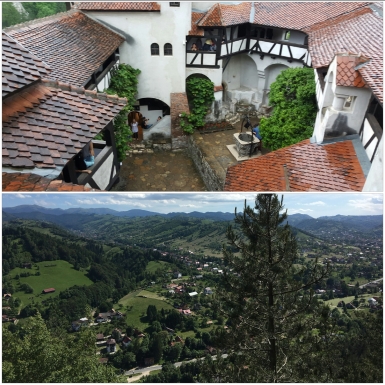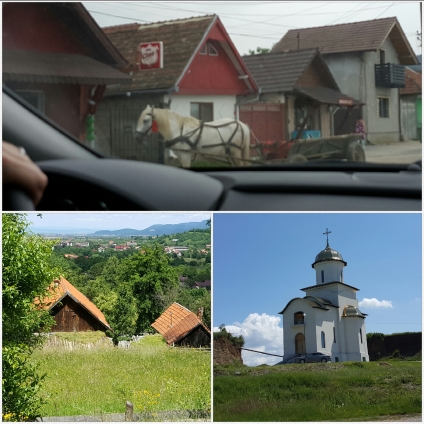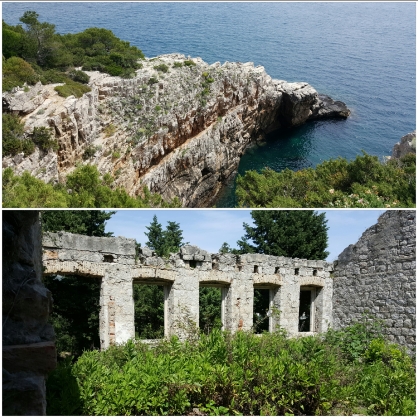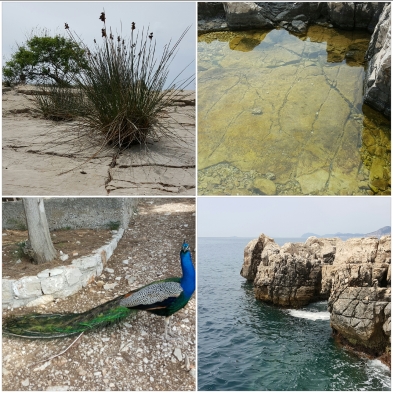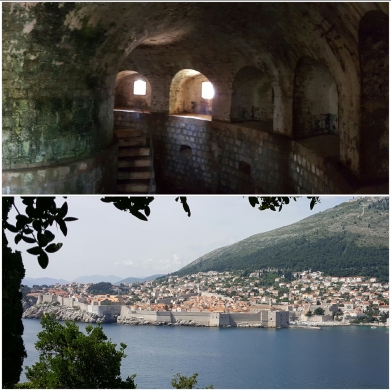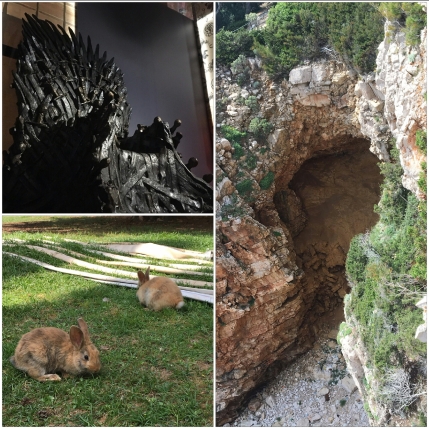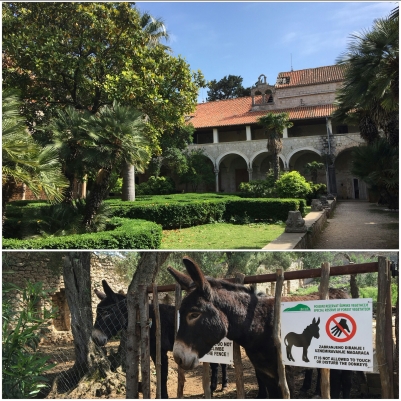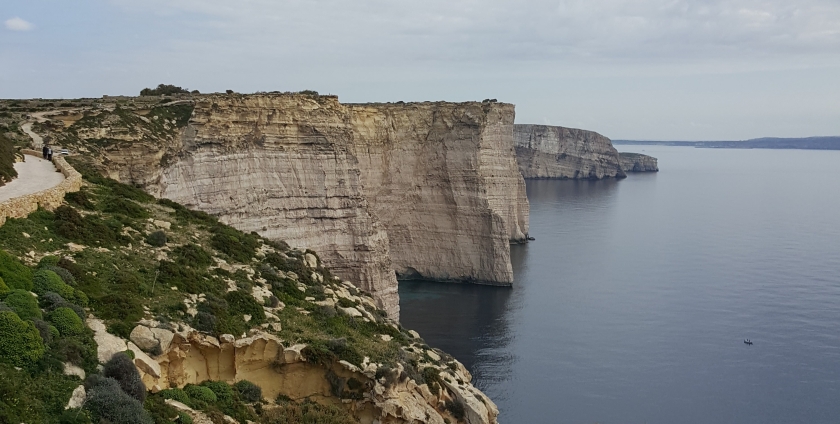
Researching Malta, most of the focus centered on the summer weather, the beaches, the bath-warm seas. But since we were visiting in January, these didn’t really apply. We’d seen a few items about walking trails, and that sounded good, but didn’t pay too much attention. At just 26 square miles, we weren’t sure how much the island could cram in. The answer truly surprised us. No matter which direction we walked from our home in Marsalforn, the views stunned. Every town and corner of the island had a distinct personality and landscape.
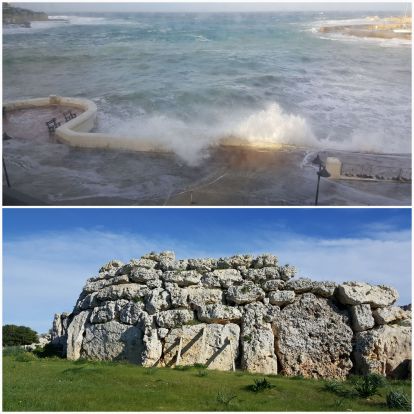
Inland to the southeast of us, the small town of Xaghra held a mysterious Neolithic temple and a more modern Parish Church which stunned us with its intricate interior. Following the coastal trail rather than the road, we passed small cliffs high above the green slopes. Below us the Mediterranean wrapped itself around the island’s shore. Ending up at Ramla Beach, the temperatures were almost nice enough for sun bathing.
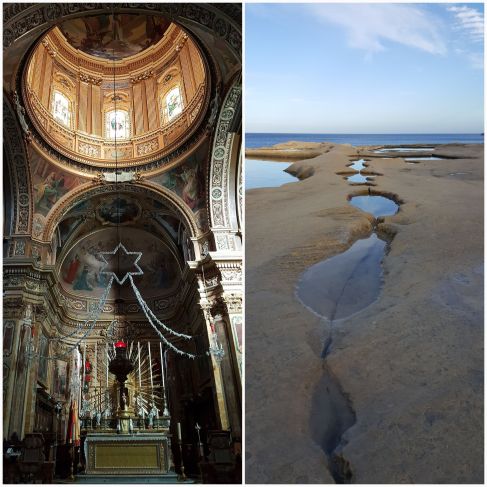
Walking west from our apartment led to another set of views entirely. Along the low rocky coast, salt pans are still active in hotter seasons. The shallow pools reflected sea and sky, a myriad of blues. Often people fished. The only downside was passing by the shooting range; the sharp pop of guns didn’t add anything to the day.
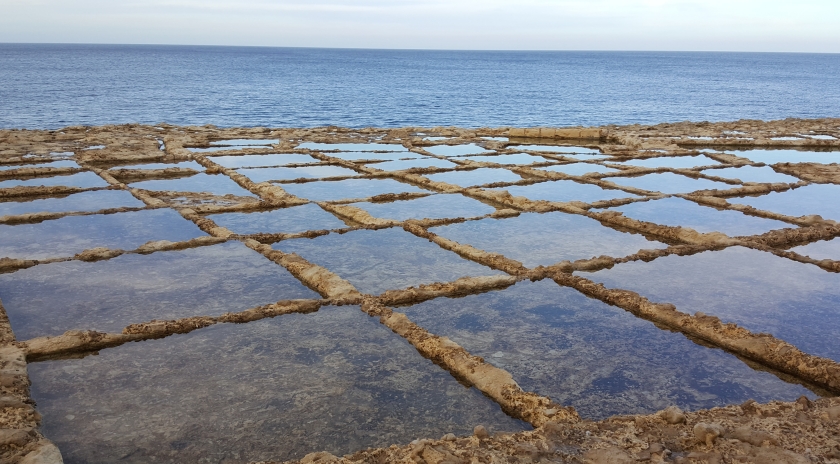
Soon the ground swelled upward. The shoreline grew steeper, finally reaching vertical around Wied Il-Mielah, a striking sea arch. The Azure Window, the more famous arch, crashed into the sea in 2017. Il-Mielah has seen an uptick in visitors but still feels underappreciated. A few climbers scaled the sides and a family took photos along the viewing ledge. Continuing beyond this arch, the cliffs took over.
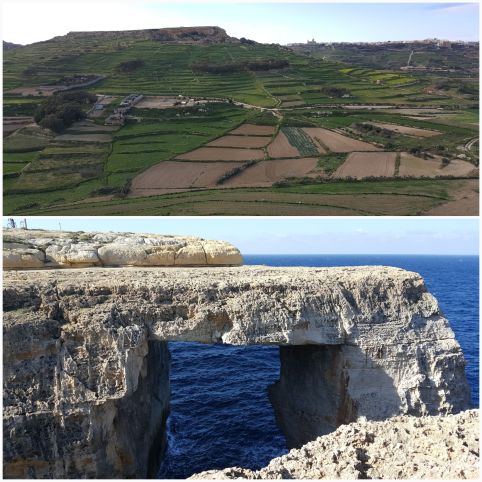
The path, marked with red blazes, wandered though lunar-like landscapes of wind-smoothed stone. In other spots the ground was lush with flowers. And thistles, too. It was a ‘calm’ day my Maltese standards, the wind only picking up to 15 miles an hour or so, but coming over the top of the rock it gusted at random intervals.
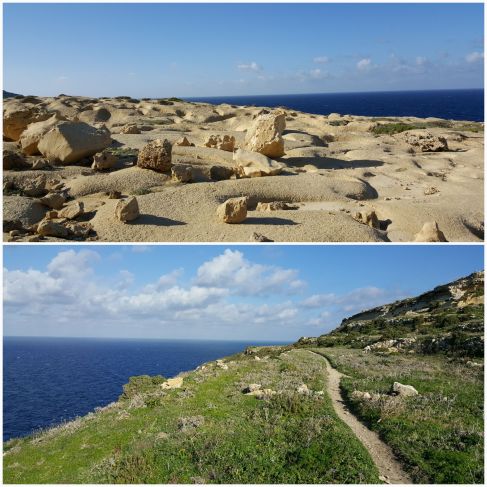
Rounding the northwest corner of the island, we lost the path for a bit. But with help from Google Maps we got back on track and soon the area around Dwejra was in sight. The island drops away into the blue, a wide horizon shows off the sunset. With no more Azure Window, there are fewer tourists. And most stayed near where the tour bus dropped them off. We preferred the areas a bit further out – from Wied Il-Mielah all the way to the end of the hike, we only saw three other people.
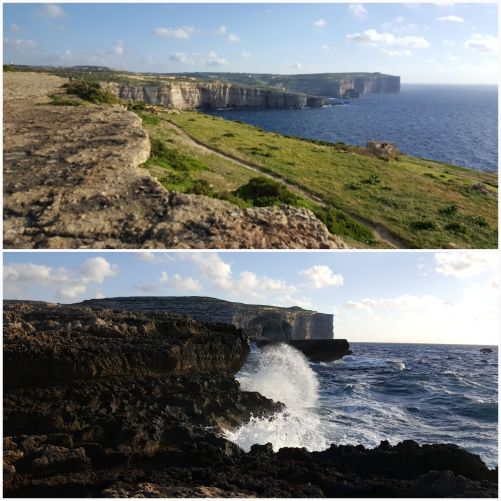
Starting another hike at Xlendi, we again hugged the tops of the cliffs. The Sanap and Ta’ Cenc cliffs are just as high as those near Dwejra, though they curve a bit less so there are fewer views photo opportunities. As we neared Mgarr, where the Gozo Channel Line docks their ferries, the trail dipped to sea’s edge. We skirted under hills formed of layers of gray clay and near rocky beaches.
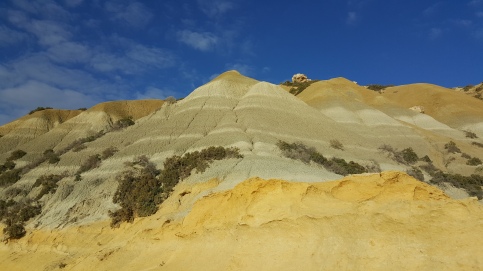
Coming back from a long hike, a tasty treat was an order. We visited Ta’ Mena Estate during our first week and brought home a hefty load of wines, local cheeses, salt, and konserva (a thick tomato paste blended with salt and sugar, great on toast). Their wines were especially tempting, relatively cheap but wonderfully rich. We went back several times to restock. Beer was thinner on the ground, but the island’s single brewery, Lord Chambray, works to reverse that trend. They craft several styles and were happy to give us a tour of their space as well. My favorite proved to be their Flinders Rose, a gose beer made with local sea salt and caper flowers.
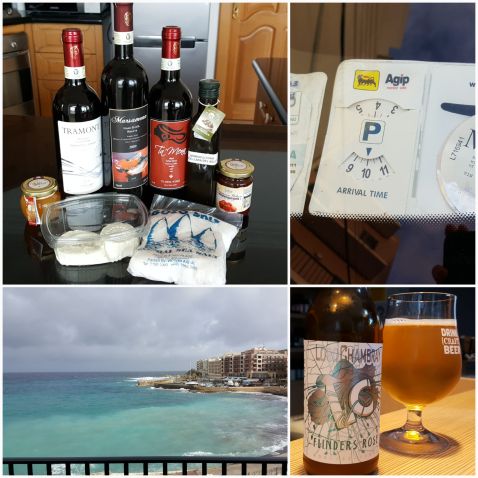
Kevin made a traditional rabbit stew with fresh meat, letting it simmer on the stovetop for hours. It lasted for several days and only got better with time. If we passed through Victoria, the island’s capital, we stopped for pastizzi (a flaky pastry stuffed with cheese or peas) or qassatat (a larger, doughier cheese or spinach pastry). Both cost just a few cents and filled us up quickly.
Between long walks, beautiful scenery, tasty local dishes, and the ever-present Mediterranean, Gozo might be my favorite spot to spend a winter. With just a handful of other tourists and a relaxed pace of life, we felt like we could explore the island on our own schedule.
